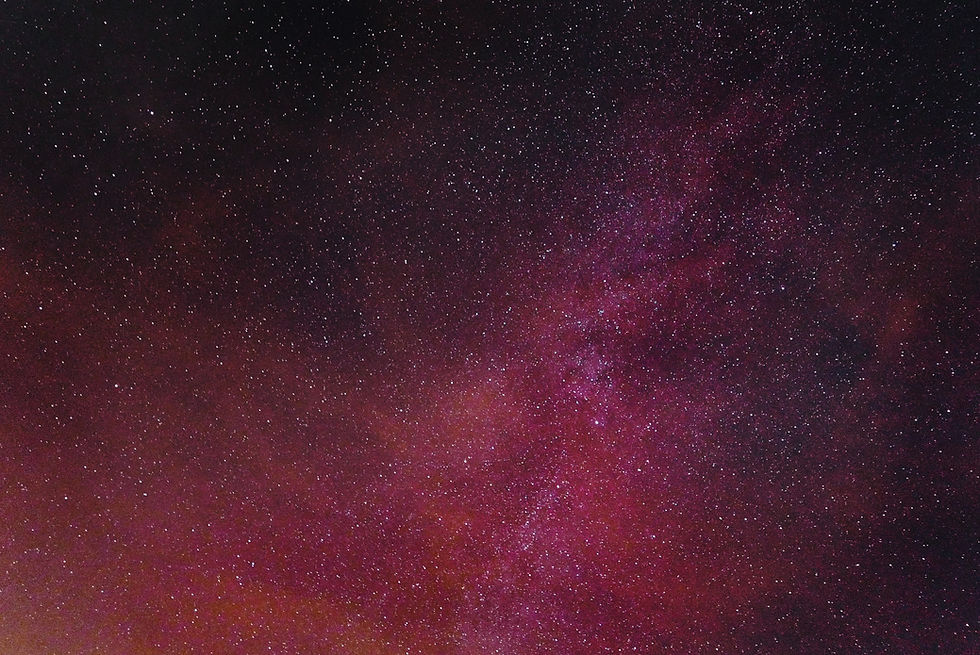

Remote Sensing
"All The Light We Cannot See"

Mapping Forest Health
Near-infrared (NIR) light is a powerful tool in assessing forest health, allowing us to monitor vegetation vitality in ways the naked eye cannot. Healthy plants reflect higher amounts of NIR light, while stressed or diseased vegetation reflects less, making NIR ideal for tracking forest conditions and canopy cover over time.
This helps identify and measure areas affected by drought, pests, and fire.

Soil Moisture Analysis
Tracking soil moisture through satellite data, and analysing historical moisture patterns, can assist in making better decisions about how to use and manage land effectively.
Key benefits include:
-
Operational Planning
-
Identify Wet Areas
-
Due Diligence for Property Purchases
-
Land Use Planning
-
Historical Analysis For Land Resilience

"Remote sensing opens up new dimensions of understanding, far beyond what’s visible."
"What’s hidden in the unseen light transforms the way we understand our world. In the wavelengths beyond our perception lie the secrets of nature, ecosystems, and the forces that shape our environment. By uncovering this invisible data, we gain new perspectives, revealing the patterns and insights that guide informed decisions and sustainable solutions."

"What’s hidden in the unseen light transforms the way we understand our world. In the wavelengths beyond our perception lie the secrets of nature"